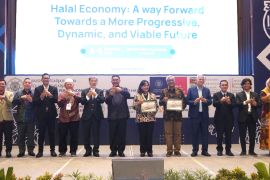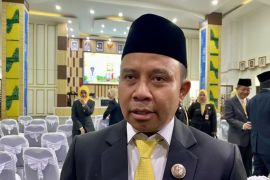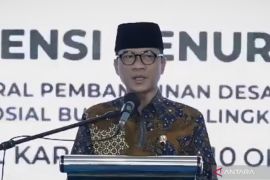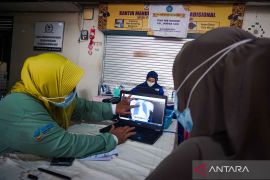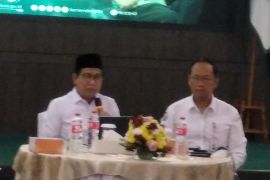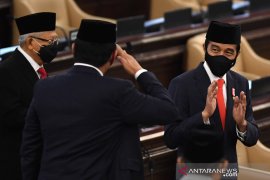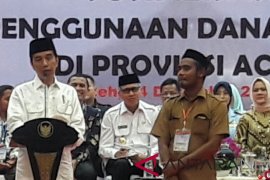According to his ministry's press release on Saturday, Raharjo made the statement at a seminar themed "Road Map for Village Development Based on Demographic Dividend for the 2045 Golden Indonesia Vision" at the KAHMI Center, Jakarta, on Friday.
"The output of village development is increasing the villages' independence and eliminating backwardness," he remarked.
He noted that village development is one of President Joko Widodo's (Jokowi's) Nawacita, or nine goals, that encompass prioritizing the acceleration of development infrastructure in connecting areas in the periphery with growth centers.
Hence, village development includes planning, implementation, and monitoring stages, to improve the welfare of village communities and the quality of life, as well as overcoming poverty.
Since 2015, the government has been disbursing village funds, reaching 538.9 trillion rupiahs (around 32.68 billion US dollars).
In contrast to independent villages, Raharjo stated that the number of underdeveloped and very underdeveloped villages decreased from 23 thousand to 12 thousand.
On that occasion, the deputy minister also underscored several strategic steps to be taken in villages, with the first being the strengthening of village economic institutions through village-owned enterprises as the main driving force of the village's economy.
The second focus is infrastructure for the use of appropriate technology and increasing infrastructure network connectivity between villages and between villages and cities.
The third requisite step is strengthening the capacity of village government officials to improve the quality of village administration as a self-governing community.
The fourth priority is optimizing the use of village funds to encourage the fulfillment of basic services and village empowerment in accordance with the provisions on priority utilization of village funds.
The fifth step comprises strengthening strategies for environment-based utilization of village spaces for sustainable livelihoods, while the sixth approach involves increasing education in the management and preservation of local culture and cultural heritage.
"Furthermore, (there is a need to focus on) development synergy, (pursue) asymmetric policies, (conduct) urbanization, and (carry out) development of rural areas," he remarked.
Translator: Hana Dewi, Raka Adji
Editor: Aditya Eko Sigit Wicaksono
Copyright © ANTARA 2024

